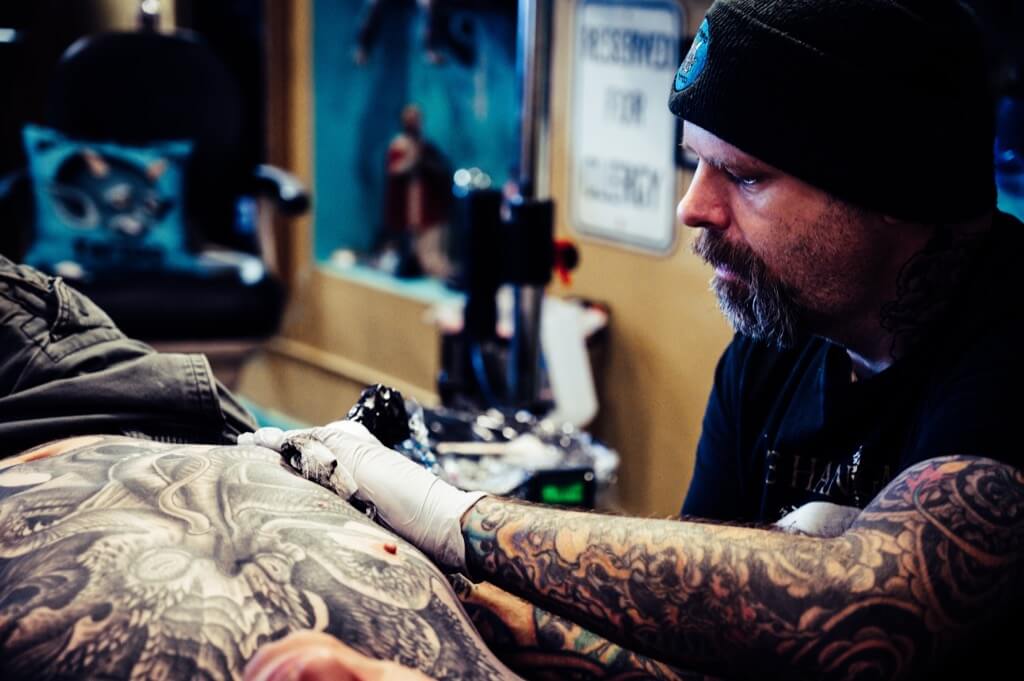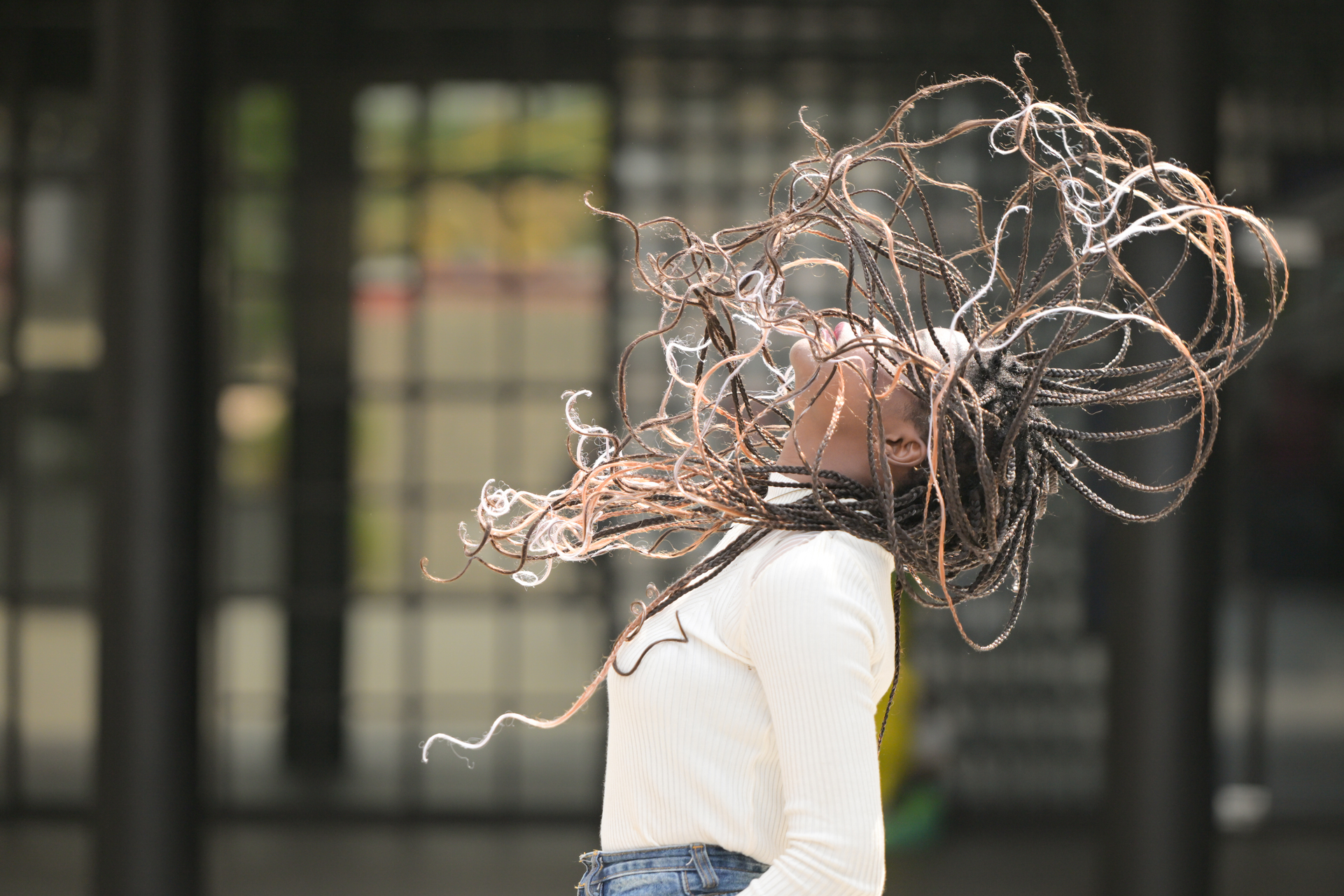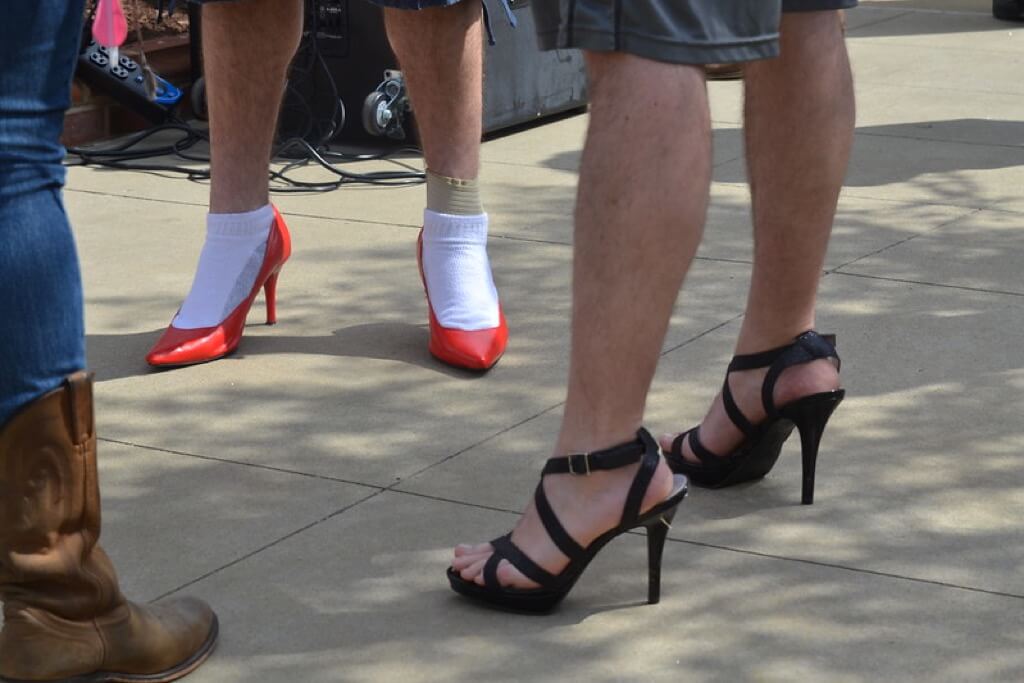Tattoos have become a significant part of modern self-expression, with a substantial percentage of people in both the United States and the United Kingdom proudly sporting their chosen designs. Despite the skin’s constant renewal, tattoos have a remarkable ability to endure, leaving many to wonder about the science behind their lasting presence.
To unravel this intriguing phenomenon, it’s crucial to grasp the intricate dynamics of the skin’s regeneration process. Your skin is composed of two vital layers: the outer epidermis and the inner dermis. While the epidermis continually sheds its outermost layer, the dermis, shielded by the epidermis, undergoes a much slower regeneration process, leaving a lasting mark when it’s inked.
The secret lies in the tattoo’s placement
A tattoo machine swiftly punctures the epidermis, depositing ink into the dermis at regular intervals. Following this meticulous process, the ink becomes trapped in the dermal layer, permanently embedding the artwork beneath the skin’s surface. However, over time, natural factors such as exposure to sunlight and the body’s response to inflammation can lead to gradual fading and alterations in color.
Despite the widespread belief in their permanence, tattoos are not impervious to change. If not properly cared for during the initial healing period, some ink may escape, leading to faded colors and blurred lines. Additionally, prolonged sun exposure can hasten the fading process, especially for tattoos on frequently exposed areas like the face, arms, or legs. However, diligent use of sunscreen can help preserve their vibrancy.
In the past, tattoo removal involved drastic measures like skin excision or dermabrasion. Today, laser technology has become the preferred method for erasing unwanted ink. This innovative approach works by analyzing tattoo colors and using specific wavelengths of light to break down pigments. While complete removal might not always be possible, significant lightening can be achieved through multiple treatment sessions.
Interestingly, aside from the conventional methods of tattoo alteration, unforeseen incidents like high-speed accidents can leave semi-permanent discoloration, serving as a testament to the intricate relationship between ink and the resilient layers of the skin.
the Pros and Cons of Committing to Tattoos
Understanding the Enduring Nature of Tattoos
Getting a tattoo entails recognizing the art’s ability to endure on the skin’s dermal layer, marking a lasting form of self-expression. The permanence of tattoos offers individuals the opportunity to carry their chosen designs with them throughout their lives, serving as a constant reminder of their personal narratives and experiences.
Considerations for Fading and Alterations
While tattoos are designed to be enduring, it’s important to note that natural factors such as prolonged sun exposure and the body’s inflammatory responses can lead to gradual fading and alterations in color over time. This aspect highlights the need for cautious consideration, especially when opting for intricate designs or vibrant hues, as their longevity might be affected by environmental influences.
Care and Maintenance for Long-Term Retention
The information underscores the significance of proper aftercare during the initial healing phase to ensure the ink remains intact within the dermal layer. Diligent adherence to aftercare instructions can contribute to preserving the tattoo’s initial vibrancy and clarity, underscoring the importance of proactive maintenance for long-term retention.
Alternatives for Removal and Modification
The article presents insights into the evolving methods of tattoo removal, emphasizing the emergence of laser technology as a more effective and less invasive option. Understanding the possibilities for altering or removing tattoos might provide reassurance to those concerned about potential changes in personal taste or lifestyle choices over time.
Cautious Deliberation and Informed Decision-Making
Considering both the enduring nature of tattoos and the potential alterations they might undergo, individuals are encouraged to approach the decision to get a tattoo with careful consideration. While tattoos can serve as powerful forms of self-expression and storytelling, it’s vital to weigh the permanence of the art against the possibility of future changes in personal preferences and lifestyle circumstances.
Balancing Personal Expression with Long-Term Commitment
Ultimately, the decision to get a tattoo is a balance between the desire for self-expression and the recognition of the commitment it entails. By understanding the intricacies of how tattoos interact with the skin’s layers and respond to external influences, individuals can make informed choices that align with their personal values and long-term aspirations.
Historical Significance of Tattoo Artistry
Ancient Cultural Roots and Symbolism Tattoos have a rich historical background, with evidence of their existence dating back to ancient civilizations. Various cultures across the globe, including the Egyptians, Greeks, and Japanese, embraced tattooing as a form of cultural expression, often symbolizing status, spiritual beliefs, or rites of passage within their communities.
Inked Traditions and Rituals
Throughout history, tattoos have played a significant role in cultural traditions and rituals, serving as markers of identity, bravery, or societal affiliations. From intricate tribal designs in indigenous communities to the symbolic representations in religious ceremonies, tattoos have served as enduring emblems of cultural heritage and personal narratives.
Shifts in Perception and Social Acceptance
The perception of tattoos has undergone significant changes over time, reflecting evolving societal attitudes and cultural shifts. Once considered taboo or associated with certain marginalized groups, tattoos have gradually gained widespread acceptance, transitioning from symbols of rebellion to forms of mainstream self-expression and artistic appreciation.
Artistic Revival and Contemporary Expressions
In recent decades, the art of tattooing has experienced a notable resurgence, with a growing appreciation for its aesthetic value and creative potential. Modern tattoo artists have elevated the craft to new heights, blending traditional techniques with innovative styles and technologies, thus solidifying tattoos as a respected art form within the contemporary cultural landscape.
Cultural Fusion and Global Influence
In today’s interconnected world, the art of tattoos has transcended geographical boundaries, leading to a vibrant fusion of cultural influences and artistic expressions. The exchange of tattooing techniques, styles, and symbolism across diverse communities has fostered a global appreciation for the enduring artistry of tattoos, contributing to their continued significance and relevance in the realm of personal and cultural narratives.




